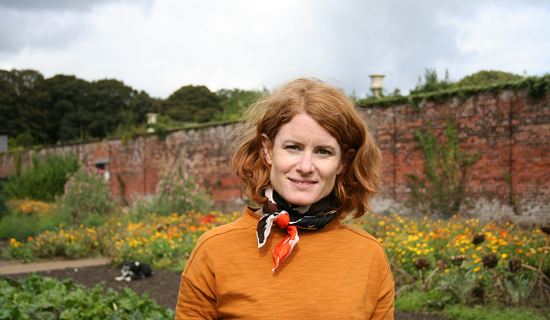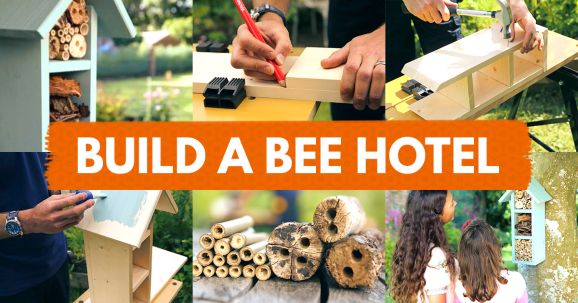Blog
Blog
Photography: Fiona Eyres
The native bee population in the UK has decreased significantly in recent years, partly because of a loss of habitat, so by building a bee hotel you’ll be creating a safe place for them to hibernate and lay eggs. We have this great tutorial for you to make your very own with Wickes.

There are several things to bear in mind before building a bee hotel. Solitary bees are cold blooded, so will appreciate a warm and sunny location. It’s best to position the hotel facing south or east so that it can catch the morning sun. Hang your bee hotel at least 1 meter off the ground and in a sheltered area near a bee hotspot, like a flowerbed or vegetable patch. Make sure that it is securely fixed, so it doesn’t sway in the wind.

British horticulturist and journalist Alys Fowler shares her top five tips on how to encourage bees and other pollinators to thrive in your garden…
1. The best plants to attract bees are rich in nectar and pollen and flower repeatedly. These are things we think of as weeds, such as buttercups, dandelions, thistles, and clovers. Leave a little bit of your garden to go gently wild and you’ll be helping out our pollinators no end. Adjust your mower so that the blades are much higher, or allow part of your lawn go completely wild.
2. Many insects and pollinators need a place to call home; somewhere to sleep, rest and reproduce. One of the best things you can do is to have some dead wood, such as an old log or a pile of branches, somewhere in your garden that won’t get disturbed. Beetles can sleep there during the day and a whole host of beneficial insects and pollinators can call it home.
3. Bees need fresh water as much as they need flowers. It takes an awful lot of energy to keep flying and they get thirsty. Honeybees, in particular, drink a lot of water to make all that honey. They like birdbaths, ponds, and water butts, but they don’t like drowning. Stick some pebbles in a birdbath so they have something to land on, or introduce marginal plants around the edge of a pond to act as a good landing pod.
Photography: Fiona Eyres
4. Simple flowers are better for bees than highly bred varieties. Sage, rosemary, thyme, oregano, lavender, mint, daisies, marigolds, single Dahlias, Asters, parsley, coriander, wild carrots, heathers, sea thrift, poached egg plants, poppies, foxgloves, clover, and borage are all rich in nectar and pollen. Plants that are under stress tend to have less nectar, so remember to keep anything growing in pots well-watered.
5. Don’t use chemicals in your garden, they stick around in the system, run off into our water sources and linger in the soil. Ask at your garden centre which plants have been growing chemical free, or learn how to sow your own seeds. It’s still much easier to get hold of organic seeds than plants, plus you’ll learn new skills while making your garden a haven for all wildlife to enjoy.
To find the full tutorial to make your own hotel, plus lots of tips and trick click this link













_151_86_int_c1.png)














